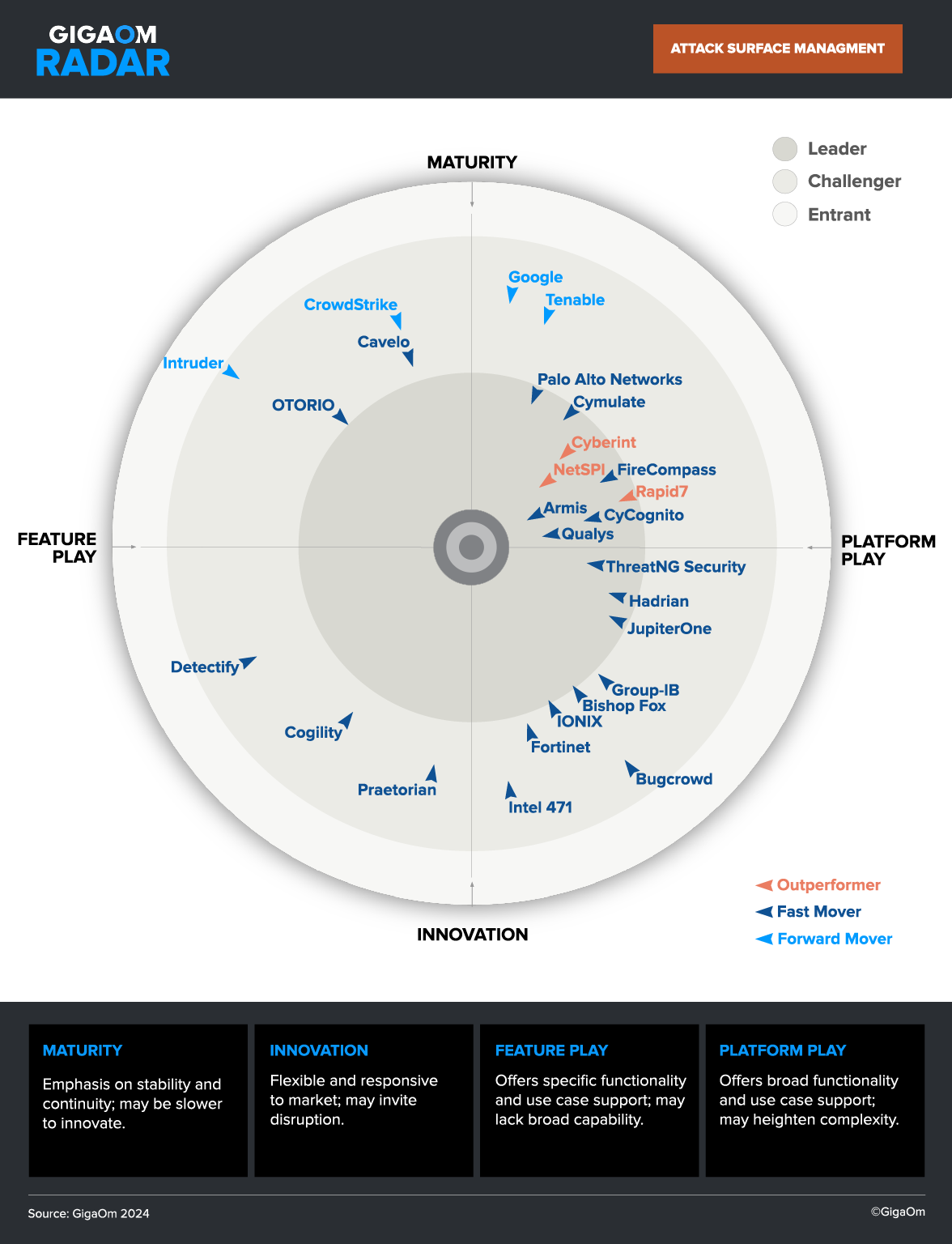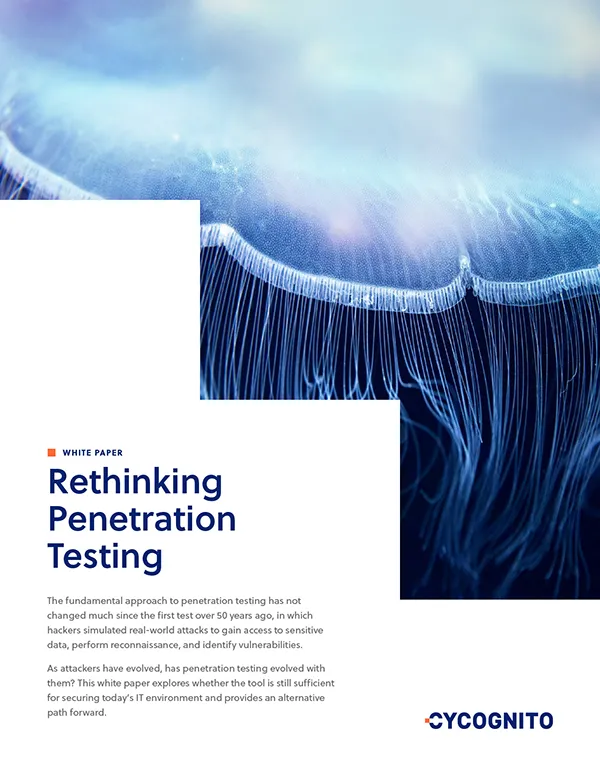Pros and Cons of Black Box Penetration Testing
Black box penetration testing offers the following benefits:
- Realistic attack simulation: Black box penetration testing simulates a real-world attack scenario, as testers operate without any insider knowledge. This approach reveals vulnerabilities that an external attacker could exploit.
- Unbiased assessment: Since testers lack internal knowledge, they offer an objective, unbiased view of the system’s security. This helps avoid any assumptions that might be present among internal teams.
- Focus on external defenses: Black box testing primarily targets systems, applications, and networks from an external perspective, making it highly useful for assessing perimeter defenses.
- Compliance and risk management: Many regulatory frameworks, such as PCI-DSS and GDPR, require organizations to assess their systems from an external perspective. Black box testing helps satisfy these compliance requirements and supports broader risk management strategies.
While black box testing can be valuable, it also has inherent limitations due to the lack of insider knowledge:
- Limited scope of discovery: Without access to internal details, black box testing may miss vulnerabilities that are only visible with knowledge of the system’s internal workings.
- Time and resource intensive: Black box testing can be time-consuming, as testers must start from scratch to gather information and map the network.
- Higher false positives: Without internal insight, testers may sometimes misinterpret certain aspects of the system, leading to false positives—perceived vulnerabilities that aren’t actual threats.
- Limited detection of complex vulnerabilities: Some vulnerabilities, especially those related to logic flaws or deeper configuration issues, are difficult to detect with black box testing alone.
- Less effective for insider threat detection: Black box testing is designed to simulate external attacks and may not effectively identify vulnerabilities related to insider threats or misconfigurations that could be exploited by someone with internal access.
Related content: Read our guide to attack surface management.
Best Practices for Effective Black Box Penetration Testing
1. Define Clear Scope and Objectives
Defining scope and objectives is vital for effective black box penetration testing. Clear specifications ensure testers focus on pertinent areas likely to impact security significantly. Precise objectives outline the test's purpose, align the testing processes with organizational risk management goals, and prevent scope creep.
Well-defined scope reduces unnecessary disruptions and heightens the relevance of test results. Objectives should include specific threats to be simulated, sensitive data protection measures under scrutiny, and expected outcomes for effective security evaluation.
2. Utilize a Variety of Testing Tools
Employing diverse testing tools enhances the breadth and depth of black box penetration testing. A variety of tools enables testers to uncover different vulnerabilities, as each tool has its strengths in detecting certain weaknesses. A combination of automated scanning tools and manual testing techniques ensures comprehensive coverage and effective vulnerability assessment.
Selection should include tools for network scanning, vulnerability scanning, and software testing, each bringing unique insights into different testing phases. A mix of proprietary and open-source solutions offers flexibility and coverage, revealing issues across various technology stacks.
3. Stay Updated on Latest Threats and Vulnerabilities
Keeping abreast of the latest threats and vulnerabilities is crucial in black box penetration testing. Regular updates enhance the test’s relevance by aligning it with evolving security landscapes. Staying informed about the latest attack vectors ensures that testing simulates realistic attack scenarios.
Continuous research and subscription to threat intelligence feeds equip testers with knowledge about emerging vulnerabilities and exploitation techniques. This approach supports refined testing strategies, providing organizations with timely insights to mitigate evolving risks.
4. Maintain Detailed Documentation
Comprehensive documentation throughout the black box testing process is essential for traceability and accountability. Detailed records of tests, including methodologies, tools used, and vulnerabilities found, facilitate a clear understanding of the security landscape. Proper documentation provides an audit trail, assisting in future testing efforts and guiding corrective measures.
Thorough documentation aids in communicating findings to development and security teams, ensuring consistency in mitigation approaches. It supports revisiting test scenarios and strengthens ongoing improvement efforts.
5. Collaborate with Development and Security Teams
Collaboration with development and security teams is crucial for implementing findings from black box penetration testing effectively. Shared insights drive timely remediation actions that strengthen security defenses. Engaging developers offers deeper insight into code-level vulnerabilities, while security teams provide context for broader organizational risk management.
Coordination ensures testing aligns with business objectives, and remediation efforts address immediate and long-term risks. Open communication facilitates the alignment of security measures, boosting holistic defense strategies.
Automated Penetration Testing with CyCognito
CyCognito built its external attack surface management (EASM) and security testing platform to replicate an attacker’s thought processes and workflows.
CyCognito automates the first phase of offensive cyber operation with deep reconnaissance and active security testing. Pen testing and red teaming staff are able to immediately focus on meaningful activities that require human decision.
With CyCognito, your teams have access to:
- Continuously updated reconnaissance information – Dynamic updates to your full asset inventory across all business divisions and brands – seed information and manual updates are not required.
- Automatic black box penetration test results – Over 30,000 penetration testing modules applied to full inventory of exposed network infrastructure and web applications.
- Integrated threat intelligence and remediation planning services – Guidance on which assets to test first, with evidence.
- Workflows built for collaboration – Create subteams dedicated to specific pen testing and red team staff. Organizations and assets can be assigned per team based on predefined scopes. Instant access to what to test next.
With CyCognito your offensive security teams can pivot faster to human-led exploitation-based tests:
- Reduce time consuming and tedious reconnaissance work
- Reach your ideal security testing goals
- Reduce burnout and get better results
- Get more ROI out of bug bounty programs
Learn more about CyCognito automated security testing.






 Complimentary White Paper
Complimentary White Paper